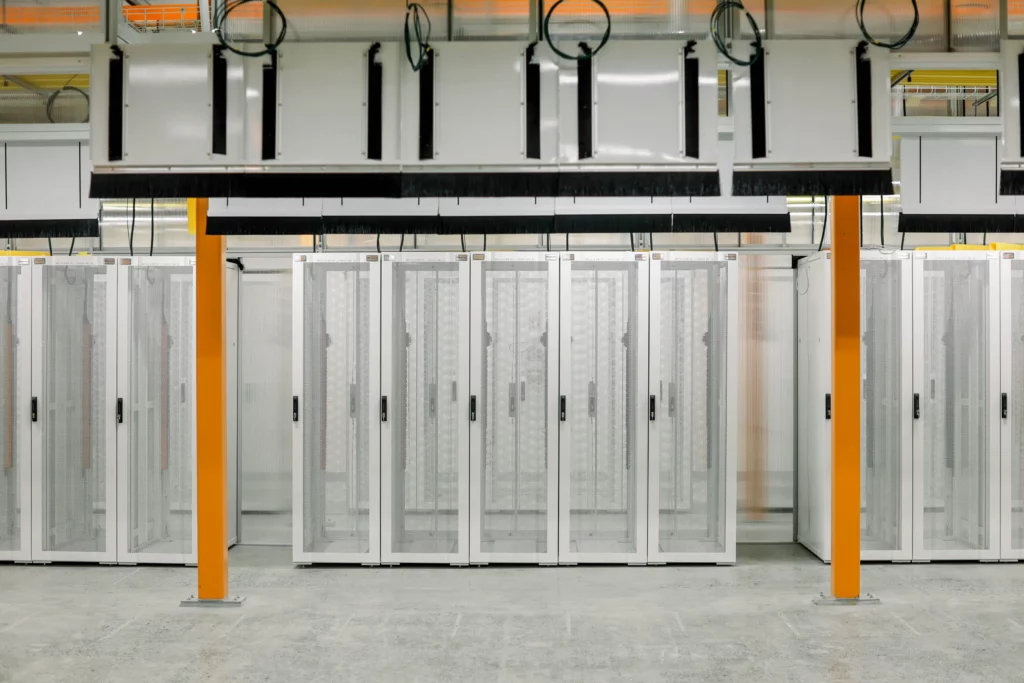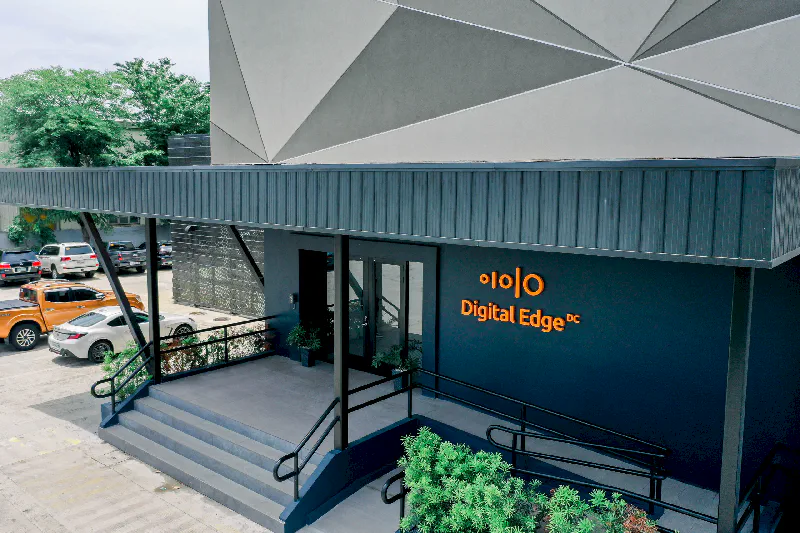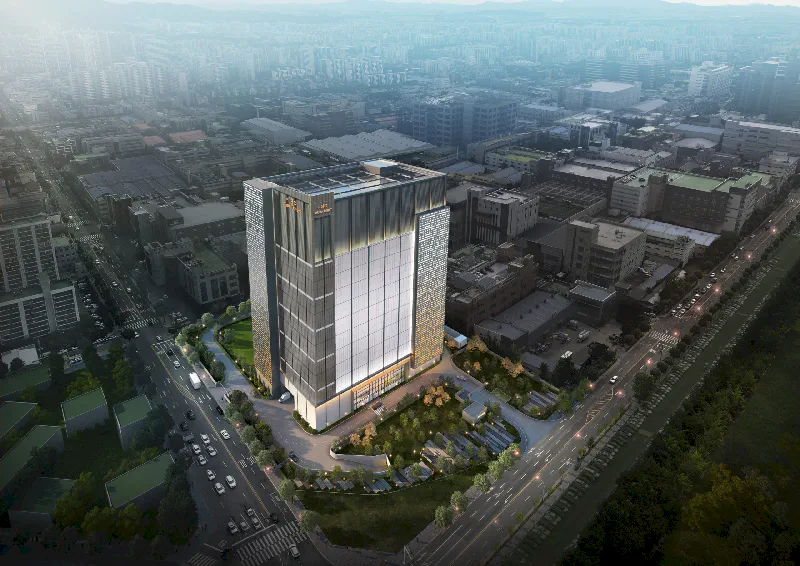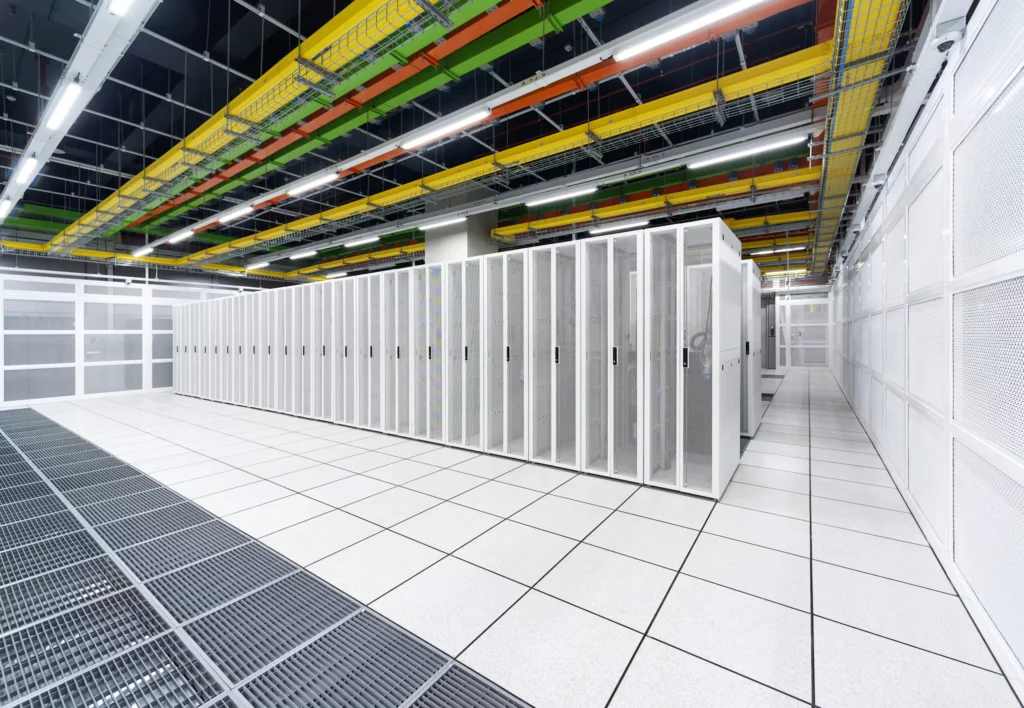What is Network Latency?
Network latency is the time it takes for data to travel from point A to point B, usually measured in milliseconds. We often talk about two-way latency, the time from a user sending a request to an application until receiving a response. Simply put, latency negatively impacts the end user experience. The lower the latency, the better.
Can You Avoid Latency?
Latency occurs naturally as it takes time for data to travel from source to destination. What’s critical is low latency vs high latency and how to optimize it. An analogy is commuting to work by car – how much time it takes depends on the distance, and factors such as number of lanes, traffic, time of day, and the weather. You can leave early to beat the traffic, but the distance remains the same.
Why is Data Center Latency Important?
Delays in data transit have an adverse impact on UX, user experience, which is important to any business. If a website loads slowly, you’re probably reluctant to visit and purchase products on it. And in financial services, where billion dollar trades are completed in milliseconds, an application lag can cause huge losses, making latency even more critical.
What Factors Affect Latency in Data Centers?
Numerous factors impact network latency, here are some of the most important:
- Distance and medium; It takes time to send data, contingent on distance, medium, and bandwidth. Distance and bandwidth issues lead to propagation and transmission latency that seriously impact UX. For AI and IoT, low latency is even more critical, increasing the need for localized high-bandwidth equipment and digital edge computing, close to end users.
- Inefficient devices or non-optimized router paths lead to processing latency. Routers function as connectors, but too many routers lead to higher latency. An example is using shared connections, with indirect routing, instead of CDN, or even better, dedicated data center interconnection. High-performance devices with optimized firmware also minimize processing delays.
- Other issues include switches or routers causing higher latency if the CPU is overloaded or runs out of memory. Transmission media issues can also cause problems, if the media isn’t compatible with hardware or software, it causes higher latency. Finally, queuing latency can be the result of high network traffic volume and poor quality of service (QoS) mechanisms to manage traffic priorities.
Mitigating Network Latency in Asia Pacific
More data-intensive applications lead to increased negative impacts and costs of latency. This makes the case for mitigating latency by moving computing capabilities to where data is generated, to the ‘digital edge’. Taking proximity, costs, time to market and resource allocation into account, it’s wise to use low latency data centers, operated by providers with facilitates across Asia Pacific, in metros such as Tokyo, Beijing, Seoul, Jakarta, Manila and Mumbai.
It’s also important that data center providers have the expertise to address the technical factors impacting latency mentioned earlier, people on the ground and local connectivity partners. Apart from mitigating propagation latency, local market and technical know-how is key. This makes it quicker and easier for businesses to enter or expand their digital presence in Asia Pacific.
Digital Edge and Network Latency in Asia Pacific
At Digital Edge we specialize in Asia Pacific, with edge colocation data centers and local partners across the region, meaning we are well placed to support businesses in mitigating latency. Our carrier neutral strategy caters to a wide range of customers and their unique needs. We offer a range of interconnection solutions to support businesses with their connectivity. This includes low latency, fiber and copper Cross Connects and high-speed, high-density SDN-driven metro connectivity across our Asia Pacific data centers, and between locations within the same metro (Cross Link™).
For more information on network latency and colocation data centers in Asia, feel free to reach out to our Interconnect team at peering@digitaledgedc.com.








 logo are trademarks of Digital Edge (Hong Kong) Limited, registered in the U.S. and other regions and countries.
logo are trademarks of Digital Edge (Hong Kong) Limited, registered in the U.S. and other regions and countries.